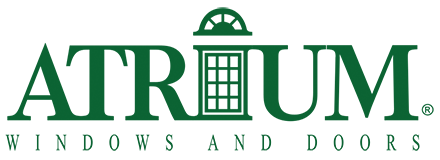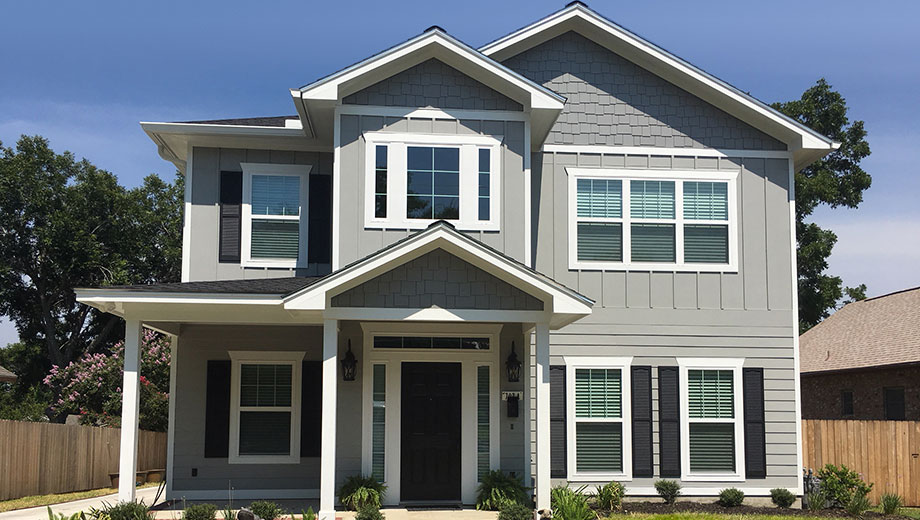What is a U-factor?
The U-factor is a measure of heat flow or conductivity through a material, the reciprocal of R-value. Although R-values are used as for measures of the resistance to heat flow for individual building materials, U-factor is always used to measure the conductive energy of building enclosures.

